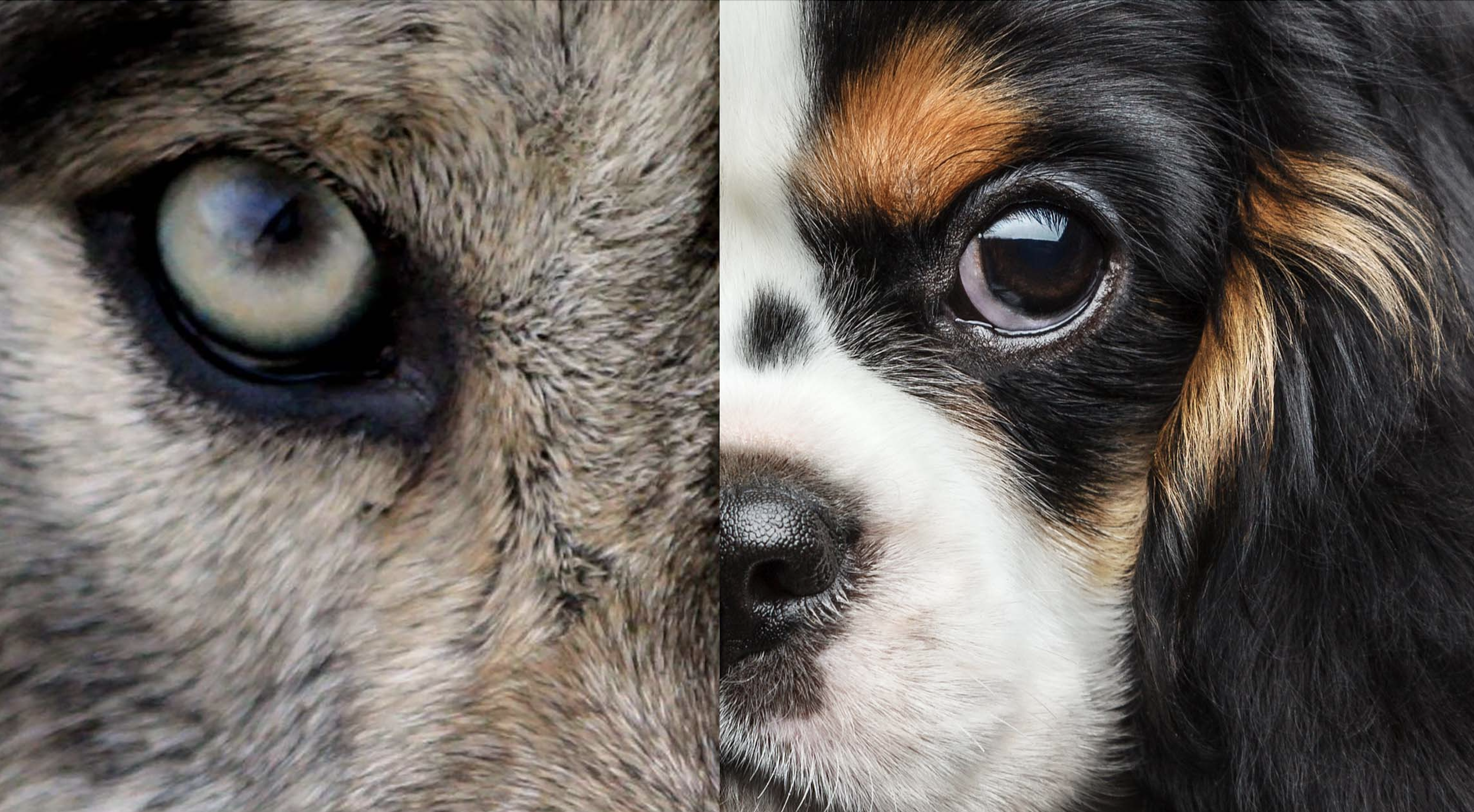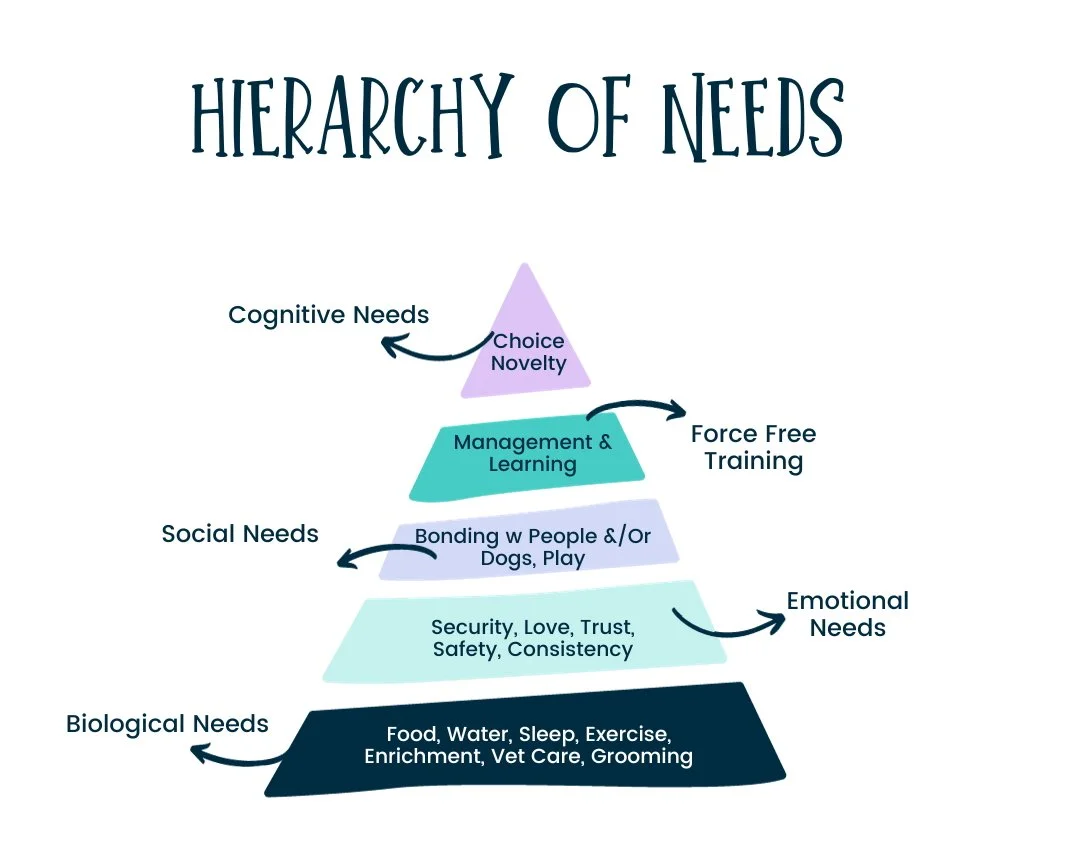Stop trying to be the alpha: Why dominance training doesn’t work
You don’t need to eat before your dog. You don’t need to shove through doorways first. And you definitely don’t need to prove you’re the “alpha.”
Where the alpha dog myth came from
The idea of the “alpha dog” started in the 1940s, when researchers studied wolves living in captivity. They noticed the wolves competing for food and space and concluded that one wolf took the role of “alpha,” gaining first access to resources.
Those early studies were applied to dogs, leading to the advice that owners should “be the alpha” by eating first, walking through doorways before their dog, or punishing behaviors seen as “dominant.”
But there’s a problem…
The original research doesn’t reflect how real wolf families, or dogs, actually live.
In fact, decades of follow-up research have shown that the “alpha” idea was based on a misunderstanding. Wild wolf packs function as families led by parents, not by constant fights for rank. And because dogs are a different species altogether, applying those outdated wolf studies to our pets simply doesn’t hold up.
Modern science has moved on. Research confirms dogs aren’t trying to dominate us; they’re trying to communicate, get needs met, and feel secure.
The risk of dominance-based training
Dominance-based training still shows up in TV shows, social media, and old-school advice (we’re looking at you, Cesar Milan).
Using it can create more problems than it solves:
Your dog leash pulling ≠ domination
Your dog isn’t leading the pack. They’re just excited to move forward.Punishing growls = removing the safety net
Shut down warnings, and your dog is more likely to skip straight to biting next time.Harsh corrections don’t build respect. They build anxiety.
Stress doesn’t train better dogsFear isn’t respect
A fearful dog might look obedient, but really, they’re just trying to avoid you. That’s not trust, and it’s not partnership.
What dogs actually need: leadership
The opposite of dominance isn’t “being a pushover.” It’s leadership. Clear, consistent guidance that helps your dog feel safe.
Modern leadership looks like:
LIMA-based training so your dog knows how to succeed
Meeting needs for exercise, enrichment, and rest
Creating routines that make life predictable and secure
Stepping up so your dog doesn’t feel like they have to handle everything alone
Rewarding good choices instead of punishing mistakes
This kind of leadership doesn’t make you the alpha. It makes you the person your dog trusts most.
Graphic by Delta Tails
Why leadership works better than dominance
When dogs feel safe and guided, they’re more likely to…
Pay attention to their handler
Make calmer choices around triggers
Build stronger bonds based on trust
Learn skills that last, because they enjoy training
Why the myth still won’t die
Dominance still shows up in TV shows, viral TikToks (get a grip, Dog Daddy..), and old-school trainer advice because it’s dramatic and easy to sell. “Be the alpha” is a catchy soundbite.
Calling every problem “dominance” is like calling every human emotion being dramatic.
It oversimplifies, mislabels, and keeps owners stuck with strategies that don’t work.
TL;DR
Your dog isn’t scheming to control your couch, your house, or your life. They’re not stubborn, calculating, or plotting against you.
They don’t need you to be the alpha. They need you to be a leader—someone who guides, teaches, and keeps them safe in a confusing human world.
Dominance training doesn’t explain modern dog behavior, and it often does more harm than good.
At Copilot Dog Training, we know how overwhelming it can feel to sort through all the conflicting advice out there. That’s why we use science-based methods that build confidence, reduce stress, and strengthen your bond 🖤





